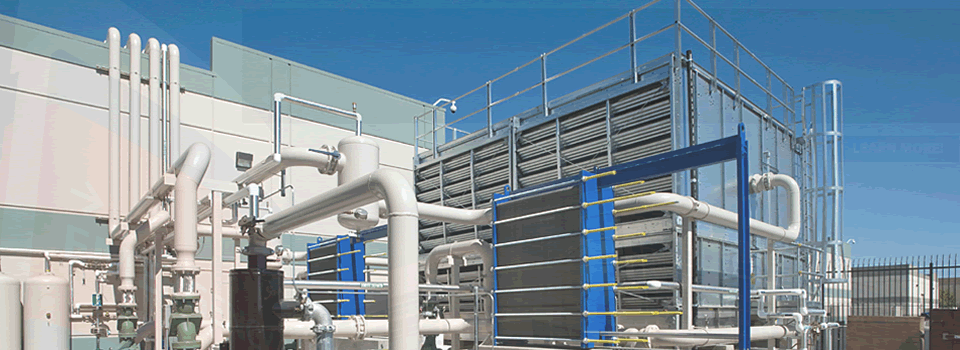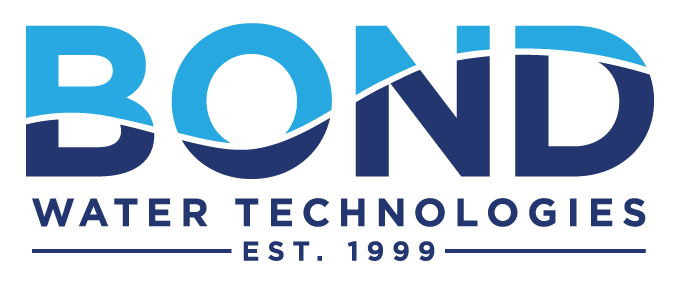Are you looking for cooling tower water savings or cooling tower energy saving ideas?
Use our interactive water calculator below to see how much money you can save with some simple water and system adjustments.
It’s simple, input your system specifications and water costs to see how much a Green Cooling Tower Saving Program can help you save.
If you input your email address below, we will get in touch with you for a no-obligation personal consultation.
If you would like to reach out to us, please contact John Dunford if you need help or have questions. Send email to Info@bondwater.com and the office number is (301) 721-2663.
Water Calculator
| Tonnage | Hours/Day | Days/Year | Load Factor (percent) | Water Cost/1000 Gallons | Sewer Cost/1000 Gallons |
|---|---|---|---|---|---|
Also if you are having an issue getting the calculator to function there might be a problem with your internet browser. You can try and clear your cache and/or you can also contact us at Info@bondwater.com or call (301) 721-2663.
We encourage you to contact us today if the above calculator shows that Bond can save you money through our Bond Green Cooling Water Program. We’re confident that we can save you money while significantly contributing to energy conservation.
Contact us today! You can reach us by phone at 301.721.2663, or send us an email. You can also complete our Request for Information form.
Below are some additional cooling tower energy saving ideas and cooling tower water savings thoughts.
COOLING SYSTEM BLOW DOWN can account for as much as 50% of the total system fresh water use. Increasing cooling system cycles of concentration reduces blowdown and can result in significant water savings. For example, a 500 ton system operating at 2 cycles of concentration loses 21,600 gallons of water per day to blow down. Increasing cycles of concentration to 5 reduces blow down losses from the system to 5400 gallons per day, a savings of 16,200 gallons per day, or almost 6 million gallons per year, based on 365 day operation!
Advanced polymer/phosphonate technology enables Green Program inhibitors to operate systems at higher cycles, saving water and reducing chemical consumption.
Use the Interactive Water Calculator to discover just how much water and money you can save by increasing your cycles of concentration. Input your system specifications and water costs to see how much the Bond Green Cooling Water Program can help you save.
WATER CONSERVATION — THREE WAYS TO SAVE
Innovative — Innovation and technology play a key role in water conservation efforts. Xeriscaping (landscaping that minimizes water use) and roof rainwater reclamation systems are just two examples of innovative systems being implemented at EPA facilities. In terms of water use practices, innovation is exhibited through the use of grey water.
Individual — Water conservation programs have always put an emphasis on individual efforts. By installing low-flow fixtures (faucets, toilets, shower heads, etc.) and fixing leaks immediately, water conservation can easily be advanced. Additionally, by minimizing individual excess (average daily faucet water consumption is estimated at 10.5 gallons) on a widespread scale, water consumption could be significantly reduced.
Industrial — Water conservation projects often focus their efforts on practices and systems that are most visible in society. As a result, industrial water using processes are often overlooked. Upon measuring water use in EPA laboratories, it was discovered that on average 68 percent of water is consumed by mechanical systems such as cooling towers, reverse osmosis units, and single pass cooling of equipment.
The above information on water conservation was obtained from the Environmental Protection Agency’s website. To read this report in its entirety, or to learn more about water conservation, please visit the EPA website.
WATER MANAGEMENT and cooling tower energy saving ideas and cooling tower water savings.
Top 10 Water Management Techniques
EPA’s Sustainable Facilities Practices Branch developed the following list of top 10 water management techniques that have proven helpful in managing water use at facilities throughout the Agency: EPA Top 10 Water Management Techniques. Two of the EPA’s top 10 techniques are listed below:
Eliminate Single-Pass Cooling
Single-pass cooling uses a continuous flow of water that is circulated once through the system for cooling purposes, and is then disposed of down the drain.
In FY 2001, the National Vehicle and Fuel Emissions Laboratory (NVFEL) in Ann Arbor, Michigan, replaced its single-pass cooling system with an upgraded cooling plant comprised of a re-circulated chilled water loop. This upgrade helped NVFEL reduce its water consumption by 80 percent, saving the laboratory 24.8 million gallons of water and $235,000 annually.
Cooling Tower Optimization for cooling tower energy saving ideas and cooling tower water savings
Cooling towers provide a vital source of cooling for laboratories. However, they are also large consumers of water. Cooling tower operations can be optimized by carefully controlling the ratio of the quantity of water evaporated to the quantity of water discharged (blowdown). The quantity of water evaporated is a function of the cooling demand. The quantity of blowdown should be controlled using an automated controller, and by maintaining proper cooling tower water chemistry. The ratio of evaporation to blowdown is called the cycles of concentration. Water efficient cooling towers are operated to achieve 4 or 5 cycles of concentration, or higher. In addition, metering the quantity of water put into the tower and discharged from by the cooling tower provides information that helps to better manage the efficiency of the tower.
In FY 2003, the Environmental Science Center in Fort Meade, Maryland, saved 530,000 gallons of water and approximately $1,800 by reducing its cooling tower blowdown.
The above information on water management techniques was obtained from the Environmental Protection Agency’s website. To view the report in its entirety, or to learn more about Water Management, please visit the EPA website.
Want to learn more about our cooling water and boiler water services. Click here for more info.
